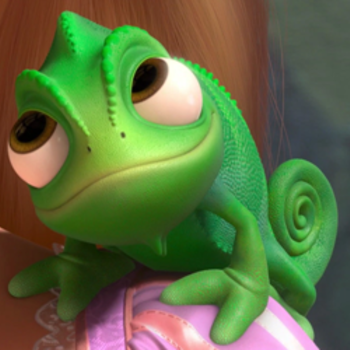How is energy transferred throughout a food chain?
2 Answers
Through the metabolism of organisms consuming other organisms
Explanation:
Plants gain energy from the sun using the chemical process of photosynthesis.
First level consumers eat the plants converting the organic molecules produced by photosynthesis into energy and mass for the first level consumers
Second level consumers eat the first level consumers changing the mass and organic molecules of the first level consumers into energy and mass for the second level consumers.
This process continues until there is not enough mass or energy to support another layer in the food chain.
Energy is transferred in a food chain by rule of tens due to a loss of energy from heat transference.
Explanation:
Energy is transferred in a food chain by rule of tens. Let's use this example:

The sun transfers energy to the grass by radiation, which they turn into energy through photosynthesis. They have 100% of the energy in a food chain.
Next, crickets and rabbits eat, and only get 10% of that energy because of energy transfers through heat. They must eat enough to get to 100%, so they eat as much as they can, but don't get it as easily as grass.
Mice, foxes, and birds then predate on the crickets and rabbits. They must eat more than the crickets and rabbits because of losses of energy in heat and few calories in their prey. So, they only get 1% of the energy.
Finally, the owl, at the top of the food chain, must eat enough mice or other animals to get his 100%, too. He only gets 0.1% because of heat lost and few calories, just like the other animals.
Source:
https://forestecosysem.weebly.com/energy-pyramid.html

